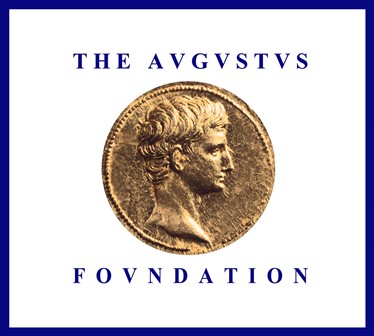
|
 |
- Home
- News
- Team
- Databases
- Conferences
- Oxford Studies on the Roman Economy
- Coin Hoards of the Roman Empire Project
- Affiliated Projects
- Publications
- Bibliographies
- Working Papers
- Links

Mahdia: Mahdia
Shipwreck | Coordinates: None given. |
| Site: | Mahdia |
| Description: | One of the first shipwrecks to be investigated, it was discovered by spongedivers in 1907. Huge quantities of antiquities were brought to the surface and are still dispayed in the Bardo Museum in Tunis. Initially thought to be the private collection of a |
| History: | Wreckage: 90 - 60 BC (first half of C1st BC) |
| References: | Parker 1992, 621; A. Merlin, Mélanges Cagnat (Paris, 1912), 383-97 De Frondeville in J. Taylor (ed.), Marine Archaeology (London, 1965), 39-53 W. Fuchs, Der Schiffsfund von Mahdia (Tubingen, 1963) J.-P. Morel, Céramique Campanienne: Les Formes (Rome, 1981), 61-4 F. Coarelli, Dialoghi di Archeologia 1 (1983), 45-53 G. Kapitän, IJNA 12 (1983), 145-53 D. Baatz, Archäolischer Anzeiger, (1985), 679-91 Parker (1992), 621 G. Salies et al. Das Wrack (Cologne, 1994). |
| Finds: | Remains include the keel (elm) from which the ship can be judged to have been 26m. Also remains of the garboard strake which was double planked with fabric between the two layers and lead-sheathed. Seventy Attic marble columns, weighing about 205 tonnes, varying in size from 1.85m to 4.4m. Also bases, capitals and basins. Total weight probably about 250 tonnes. Seven life-sized marble heads and busts among them the bust of Aphrodite, that had already been used as tondi. At least four large craters decorated with reliefs showing Dionysiac processions. Bases, altars, fountain rims, small Doric capitals etc that had obviously furnished one or more sanctuaries. Two of the inscriptions refer to the sanctuary of the paraloi in the Piraeus. Full-size and miniature bronze sculptures, including a statue of a winged youth (Eros?) and a herm of Dionysus with the signature of Boethus of Chalchedon, both of which show traces of having been removed from their marble bases; vases and candelabra, other decorative pieces. Bronze couches inscribed with Greek numbers, showing that the ship was carrying at least 22 of them. Assorted amphorae from Italy, Spain and Tunisia; lead ingots stamped with Latin names originating from southern Spain; tiles, a mill-stone and pottery. |
Associated artefacts
Anchors (1)
Columns (1)
Webdesign, databasedesign: Miko Flohr, 2010-2024. Content: OXREP, 2005-2024.